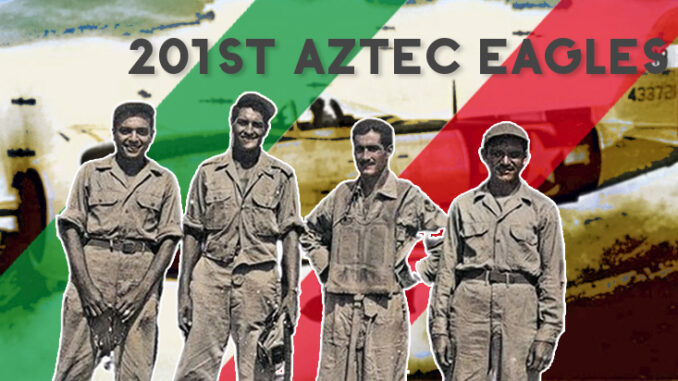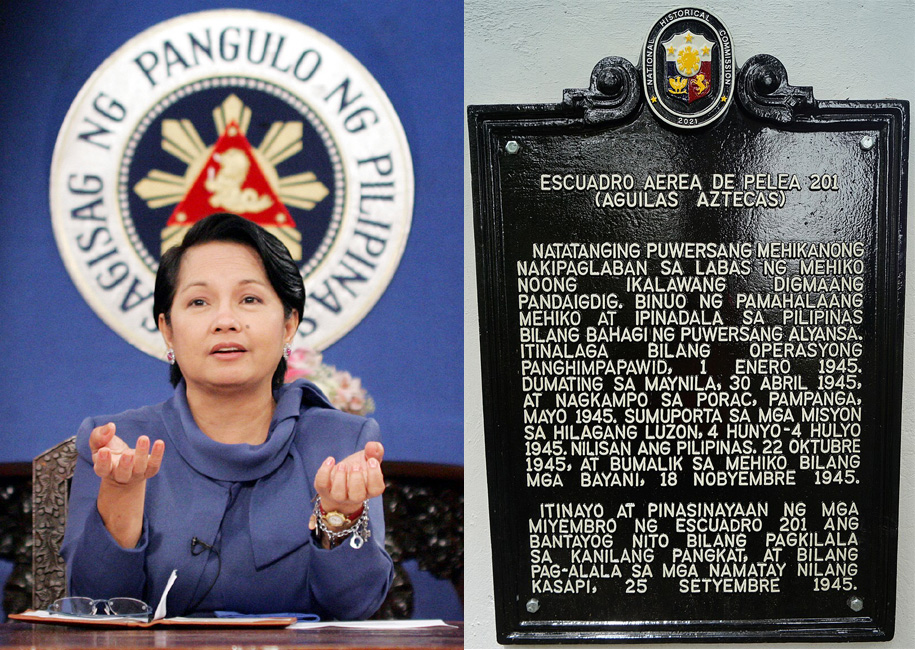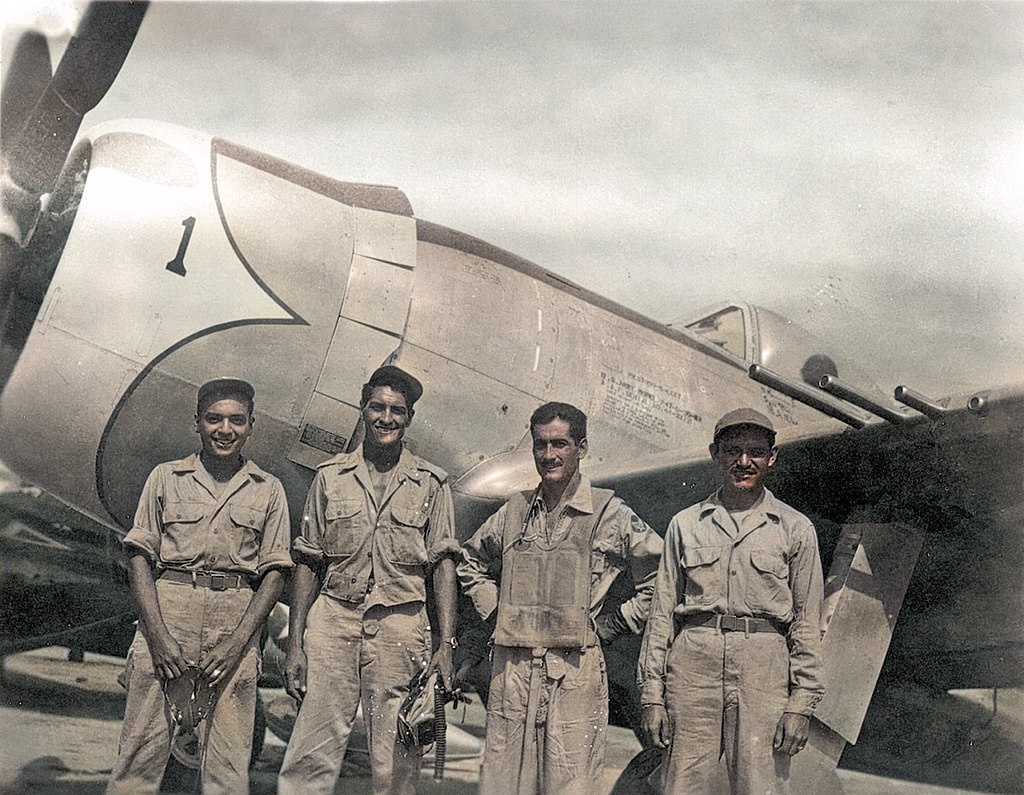
The 201st Fighter Squadron, fondly known as the “Aztec Eagles”, whose valorous deeds in the Pacific Theater during World War II have etched an indelible mark on the hearts of both Mexicans and Filipinos alike.
Formed as part of the Mexican Expeditionary Air Force, the Aztec Eagles soared into combat alongside the Allied forces, their wings cutting through the skies with determination and courage. Attached to the esteemed 58th Fighter Group of the United States Army Air Forces, these valiant pilots piloted the formidable Republic P-47D-30-RA Thunderbolt aircraft, executing tactical air support missions with precision and resolve for the liberation of the main Philippine island of Luzon in the summer of 1945.
But their heroism extended beyond the cockpit. Even the ground personnel of the squadron found themselves thrust into the crucible of combat, facing Japanese troops with unwavering resolve. Engaging in firefights and capturing enemy soldiers, they stood as pillars of strength amidst the chaos of war.
The contributions of the Aztec Eagles to the liberation of the Philippines cannot be overstated. Through their relentless efforts, they struck a decisive blow against the forces of tyranny, putting out of action thousands of Japanese troops and dismantling enemy strongholds with unwavering determination. Buildings crumbled, vehicles lay wrecked, and ammunition depots went up in flames, all thanks to the valor of these Mexican warriors.
For their unparalleled bravery and sacrifice, the Filipino people have bestowed upon the Aztec Eagles a tribute befitting their noble deeds. On November 22, 2004, then-president Gloria Macapagal Arroyo conferred upon the squadron the Philippine Legion of Honor, a testament to their extraordinary service and unwavering commitment to freedom.
A historical marker was installed in Manila, Philippines to commemorate the squadron’s assistance to the country during World War II. Written in Tagalog, it translates to English as: “201 Air Squadron of Pelea (Aztec Eagles) – Unique Mexican force that fought outside of Mexico during World War II. Formed by the Mexican government and sent to the Philippines as part of the Alliance Force. Assigned to air operations, 1 January 1945. Arrived Manila, 30 April 1945, and camped at Porac, Pampanga, May 1945. Supported missions in Northern Luzon, 4 June – 4 July 1945. Evacuates the Philippines, 22 October 1945, and returned to Mexico as heroes, 18 November 1945. The members of squadron 201 built and inaugurated its monument in recognition of their group, and in memory of their dead members, September 25, 1945.“

But beyond the accolades and honors, it is the enduring bond between the Mexican and Filipino peoples that truly encapsulates the legacy of the Aztec Eagles. From the sun-drenched beaches of Luzon to the bustling streets of Mexico City, their story is one of solidarity, friendship, and shared sacrifice. Forged in the crucible of war, it continues to inspire and unite, reminding us all of the power of courage and camaraderie in the face of adversity.
As we look back upon the heroic exploits of the Aztec Eagles, let us not merely remember them as distant figures of history, but as timeless symbols of bravery and resilience. Their legacy lives on in the hearts of all who cherish freedom and justice, a beacon of hope for future generations yet to come.

